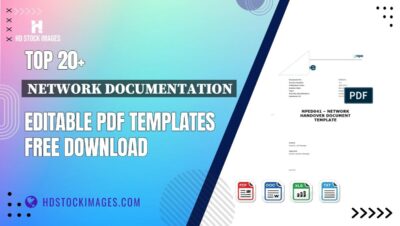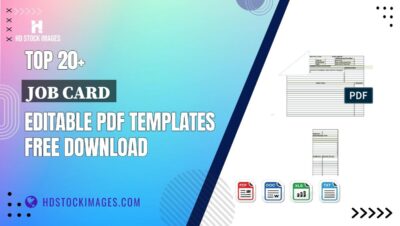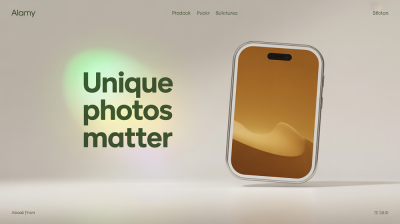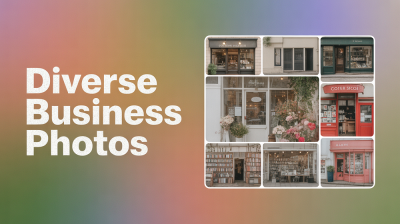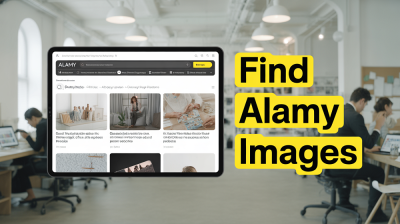LinkedIn has become a vital platform for professionals seeking to expand their networks, showcase their skills, and connect with potential employers or clients. However, sometimes users find themselves facing limitations on accessing certain profiles. Understanding these access restrictions can help users navigate the platform more effectively, ensuring you make the most out of your LinkedIn experience. In this post, we will delve into the essential aspects of
Common Reasons for Access Issues
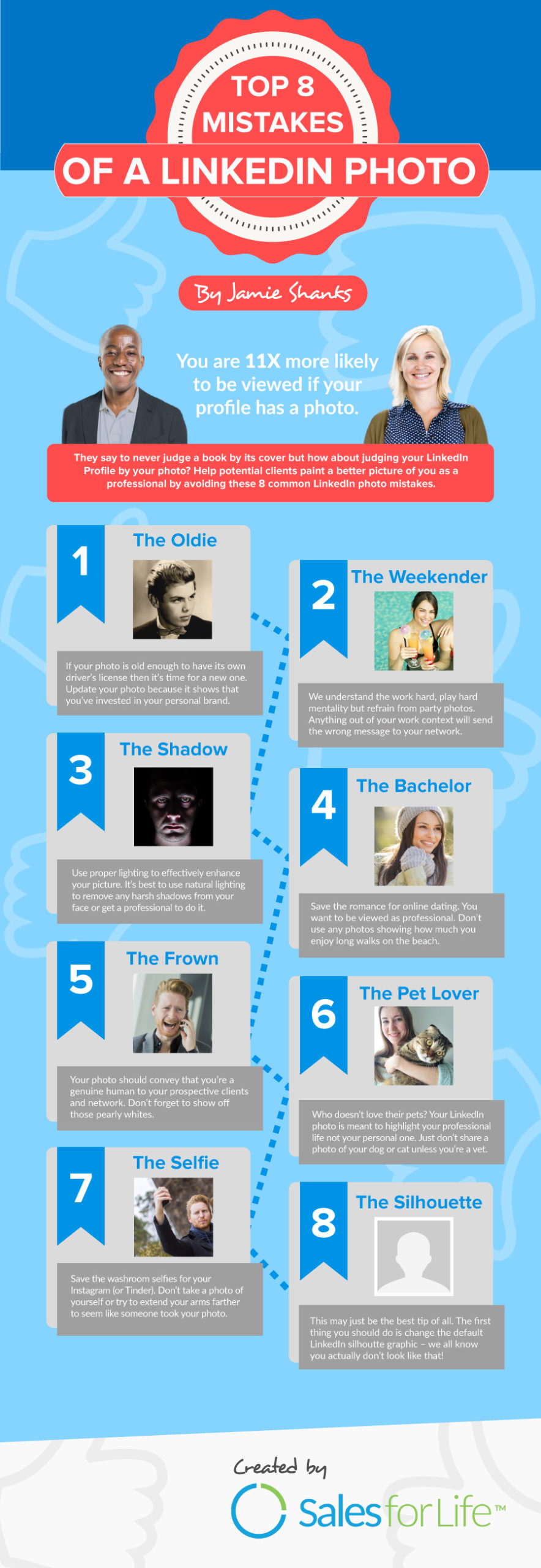
Experiencing access limitations on LinkedIn can be frustrating, especially when you're looking to connect with industry professionals or explore job opportunities. Here are some of the most common reasons you might encounter access issues:
- Privacy Settings: Each user can customize their privacy settings to control who can view their profile. If someone has set their profile to be visible only to their connections, you won't be able to see it unless you're connected.
- Account Type: LinkedIn offers different account types, including free and premium options. Free account users may have limited access to certain profiles compared to premium subscribers, who enjoy comprehensive viewing capabilities.
- Connection Level: LinkedIn operates on a connection-based network. If you're not within the user's first, second, or third-degree connections, access to their full profile is often restricted.
- Blocked Users: If a user has blocked you, you will not be able to view their profile or interact with them in any way on the platform.
- Profile Visibility: Some users choose to make their profile only visible to their connections or to specific individuals, which can limit your access significantly.
By understanding these common access issues, you can better navigate LinkedIn’s networking landscape and enhance your connections!
Troubleshooting Profile Access Issues
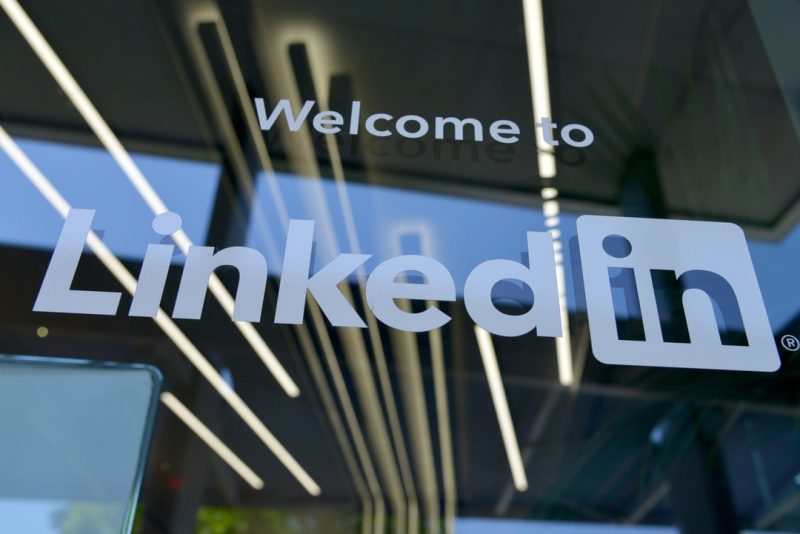
We've all been there—trying to check out a LinkedIn profile only to find that we’re met with access limitations. It can be frustrating, especially when you're eager to connect and network with new professionals. But don’t worry; troubleshooting these access issues can often be a straightforward process. Let’s break down some common scenarios and solutions:
- Check Your Connection Level: Sometimes, the person you’re trying to view is a 2nd or 3rd-degree connection. You will have limited visibility into their profile. Consider sending them a connection request!
- Privacy Settings: Some users adjust their privacy settings to restrict visibility. If you suspect this is the case, understand that it’s their choice to keep their information private.
- Profile Restrictions: LinkedIn may impose restrictions on certain profiles. This can happen if the account is new or if the user has violated LinkedIn policies.
- Browser Issues: Sometimes, technical glitches occur. Try clearing your browser cache or switching to a different browser. This can often solve many access problems.
- LinkedIn Premium: Users with a free account may face limitations compared to those with LinkedIn Premium subscriptions. If you find yourself frequently needing to access restricted profiles, consider upgrading your account.
Each of these points can be a step toward resolving any profile access issues you encounter, making networking less of a headache!
Steps to Gain Access to Restricted Profiles
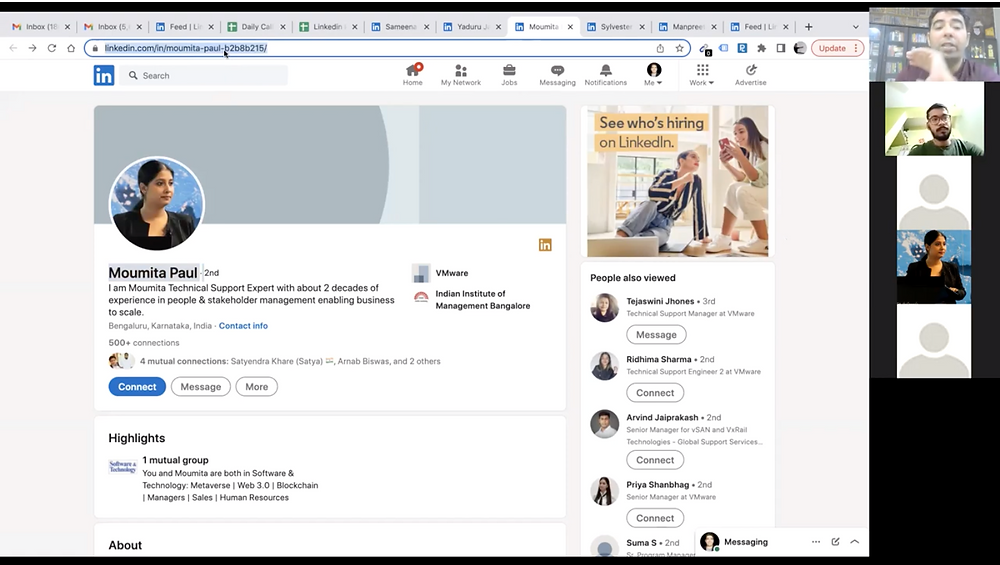
If you’ve hit a wall with restricted LinkedIn profiles, don’t fret! There are several proactive steps you can take to gain access. Here’s a handy guide to getting through those barriers:
- Send a Connection Request: The simplest way to find out more about someone is to connect with them. Write a personalized note when you send the request. A friendly touch can increase your chances of acceptance!
- Engage with Their Content: If the person shares posts, engage thoughtfully by commenting or liking their content. This can catch their attention and lead to a connection.
- Utilize Mutual Connections: Look for mutual connections who can introduce you. A warm introduction can often break down barriers that cold outreach cannot.
- Join Common Groups: Consider joining LinkedIn groups where the person is active. This creates a common ground and gives you a reason to interact.
- Upgrade Your Account: If accessing restricted profiles is essential for your networking, consider LinkedIn Premium. This service offers enhanced visibility and access to more profiles.
By following these steps, you’ll increase your chances of viewing those elusive profiles, expanding your professional network significantly. Happy networking!
Understanding LinkedIn Profile Access Limitations
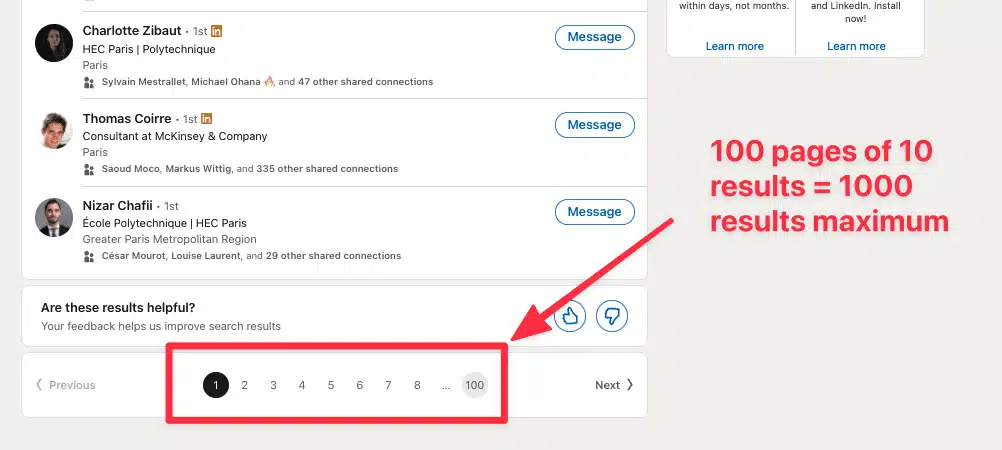
LinkedIn is a professional networking platform that connects millions of users globally. However, with its vast resources comes certain restrictions regarding profile access. These limitations can impact how users interact with others on the platform and the information they can access.
Here are some key aspects of LinkedIn profile access limitations:
1. Connection Level:
- 1st Degree: Direct connections can view each other’s complete profiles.
- 2nd Degree: Users can see limited profile information unless the 1st-degree connection is a mutual friend.
- 3rd Degree: Very limited access and often requires users to send connection requests.
2. Privacy Settings:
Users can customize their privacy settings which directly affect profile visibility. Common settings include:
- Who can view your connections
- Profile visibility outside LinkedIn
- Viewing options for profile viewers
3. LinkedIn Premium:
Premium members enjoy enhanced visibility features such as:
| Feature | Basic Member | Premium Member |
|---|---|---|
| Profile views | Limited | Extended |
| InMail Messages | No | Yes |
| Advanced Search Filters | No | Yes |
Understanding these limitations is crucial for leveraging LinkedIn effectively. By being aware of how connection levels, privacy settings, and premium features impact visibility, users can strategically manage their profiles and networking efforts.
In conclusion, being mindful of LinkedIn's profile access limitations can help users optimize their networking strategy and build meaningful professional relationships.

